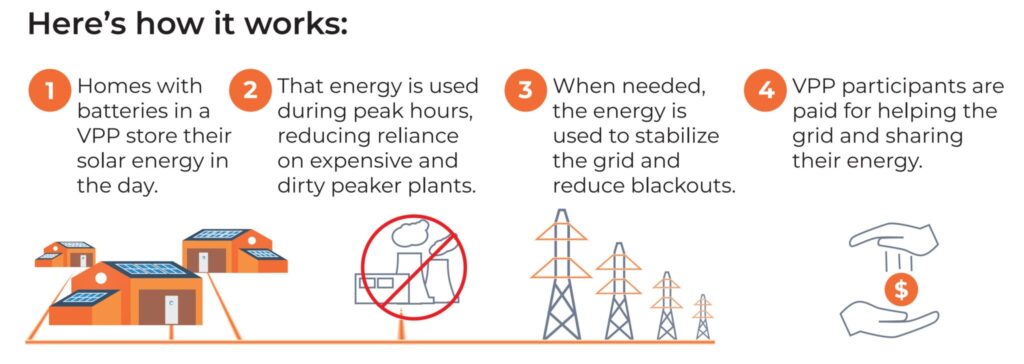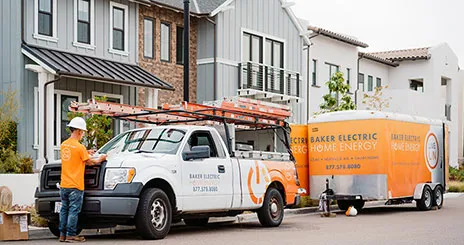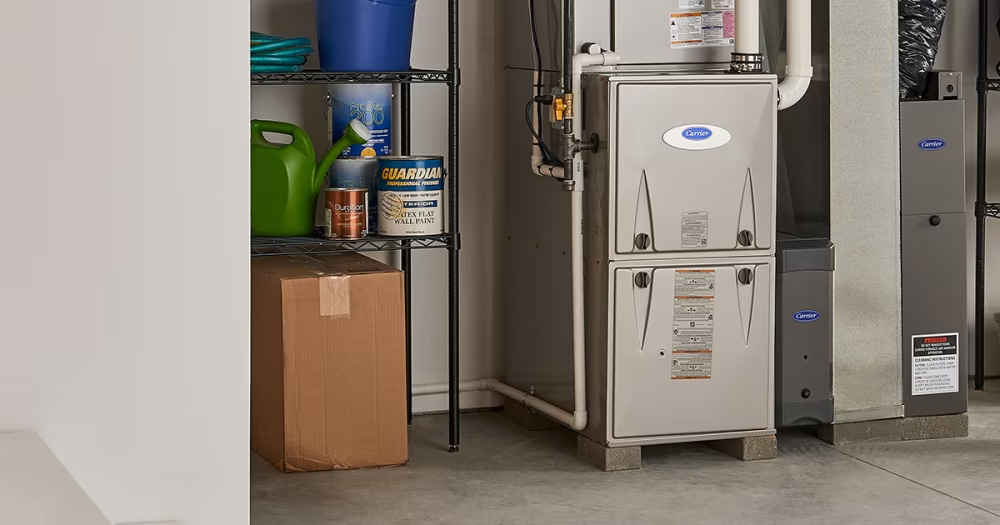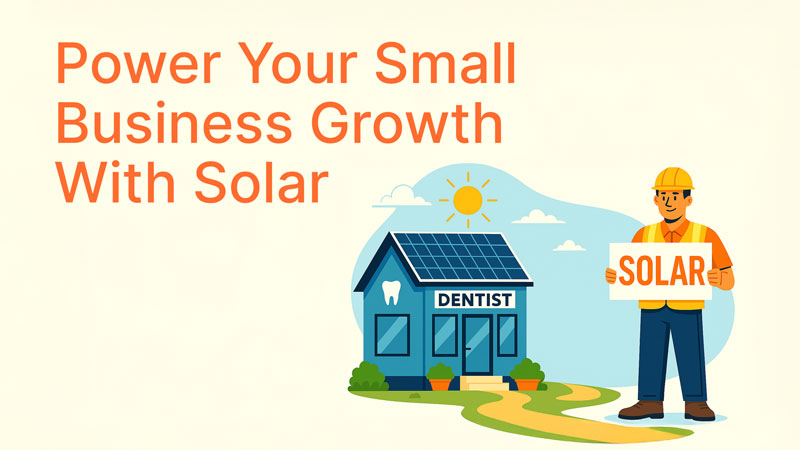
The California Electric Grid + VPPs: How they Work
Key Players in the Grid
The California electric grid is run by many different players, including utilities like PG&E, SCE, and SDG&E, energy providers, and the California Independent System Operator (CAISO).
The Utilities
A California utility is a company that provides essential services, such as electricity and natural gas, to homes and businesses in the state of California. Some of the largest utilities in California include Pacific Gas and Electric (PG&E), Southern California Edison (SCE), and San Diego Gas & Electric (SDG&E). These utilities are responsible for transmitting electricity from the generating plants to homes and businesses, as well as maintaining the distribution infrastructure, such as power lines and transformers.
Energy Providers
The majority of California’s energy comes from a mix of sources, including nuclear, coal, natural gas, hydro, wind, and solar. In recent years, there has been a significant increase in renewable energy generation, particularly solar, which has helped the state to reduce its carbon footprint and achieve its goal of becoming carbon neutral by 2045.
The CAISO
The CAISO (California Independent System Operators) is responsible for managing the overall operations of the grid and ensuring its reliability and stability. It operates a real-time market where electricity is bought and sold and manages the balance between supply and demand in the grid. The CAISO also sets technical and operational requirements for energy providers and works to integrate renewable energy sources, such as wind and solar, into the grid.
The California Electric Grid: What you Need to Know
The California electric grid is a complex network of power plants, transmission lines, and distribution systems that provide electricity to the residents and businesses in the state. At its fundamental level, energy is generated by energy providers, bought and sold on the CAISO, and delivered to customers by the utilities.
In California, solar and home batteries are changing the traditional operations of the grid. Because California generates so much solar power, once the sun goes down, the grid becomes stressed to find a new and readily available source of power. To fulfill this need, the state employs the use of peaker plants. These plants can be quickly turned on as needed. However, the cost of these plants is high. In addition to producing carbon-intensive emissions, these plants are expensive to maintain – and that cost is passed to utility customers.
Enter Home batteries. They store excess solar energy for later use, helping customers avoid paying for expensive electricity after the sun has gone down and avoiding the use of peaker plants.
A connected network of smart batteries is called a Virtual Power Plant and can alleviate the need for that extra energy and eventually eliminate the need for costly and dirty energy from peaker plants.
Virtual Power Plants or VPPs – What are they?
Virtual Power Plants (VPPs) are a connected network of energy resources, typically home batteries, used to reduce stress on the grid. They can also include networks of electric vehicles or smart thermostats.
Virtual Power Plants or VPPs – How do they work?
VPP participants get paid for their contributions to help stabilize the grid. These payments are given based on the energy the home saves the grid from having to produce. While there are many VPP options to enroll in, not all are the same. The adoption of home batteries on a larger scale has given an incredible opportunity to the energy market. How you access these energy markets depends on the VPP program that you are enrolled in.





